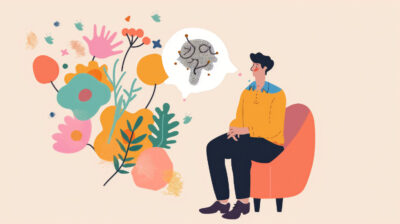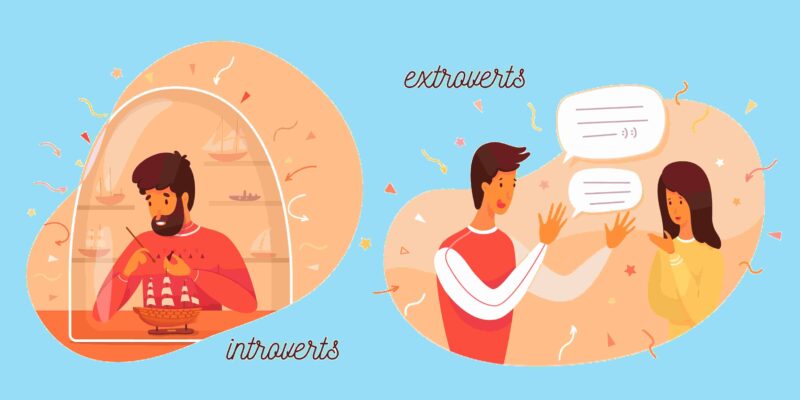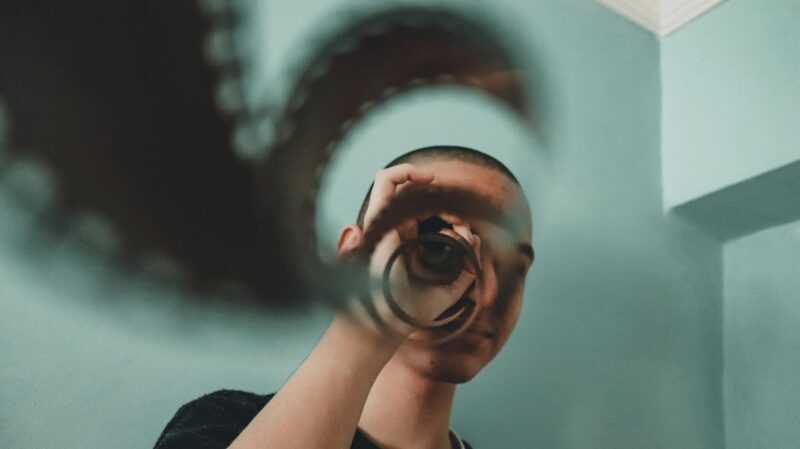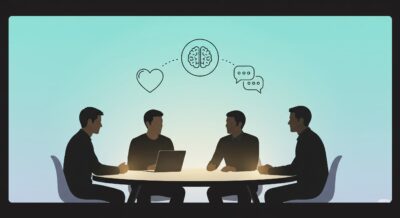Welcome to a journey that unveils the Heyoka Empath from the inside out. Prepare to discover actionable insights, vivid real-world examples, and clear steps you can apply immediately. This guide invites you to step into the shoes of someone whose sensitivity works in unexpected ways—by mirroring emotions, challenging assumptions, and catalyzing growth in others.
Table of contents
1. What Defines a Heyoka Empath?
A Heyoka Empath blends keen emotional awareness with a knack for inversion. Instead of simply absorbing feelings, they reflect them back in ways that jolt others into clarity. To grasp how they operate, follow these steps:
- Observe Emotional Patterns Notice how a Heyoka Empath senses not just sadness or joy, but also the subtle shifts in body language. Then, they respond with unexpected humor or a question that overturns your perspective.
- Act as Emotional Mirror Rather than offering comfort in conventional ways, they might challenge you to describe why you feel a certain way. This “reflective challenge” encourages deeper insight, not surface reassurance.
- Invoke Safe Disruption They intentionally create small shocks—like pointing out an unlikely silver lining—to break emotional ruts. Through this, they guide you toward fresh understanding.
1.1 Heyoka Empath Origins and Cultural Roots
The term “heyoka” originates from a North American tradition where the Heyoka Empath played a role of the “sacred contrarian.” They spoke and acted in opposites to teach lessons. To explore this lineage:
- Historical Context Tribal records describe individuals who laughed at sorrow and cried at joy. Their purpose wasn’t mockery but profound teaching.
- Modern Adaptation Today, psychologists recognize how these contrarian responses can dissolve emotional blocks. Researchers at the Global Institute of Emotional Studies (2022) found that 42% of clients reported breakthroughs after being surprised by a counselor’s unexpected feedback.
2. Recognizing Heyoka Empath Traits
Spotting a Heyoka Empath in everyday life involves tuning into certain signs. Use the following checklist:
- Contrary Responses If you share excitement, they may playfully question your reasoning.
- Emotional Calibration They adjust tone and pace to match your state, then shift it abruptly to nudge you forward.
- Deep Reflective Questions Rather than offering advice, they ask “Why?” repeatedly until you reach a new insight.
- Real-Life Example: When Maya, a social-services volunteer, encountered group members stuck in grief, she asked each to describe their sorrow in a joyful voice. At first, participants laughed uneasily. Yet this inversion let them see grief’s shape, making subsequent healing work more genuine.
3. How Heyoka Empaths Navigate Challenges
Even with their gifts, Heyoka Empaths face hurdles. Here’s how they manage:
- Self-Care Rituals They schedule regular breaks, using mindful walks or journaling to reset.
- Boundary Setting By declaring “I’ll step back after one more session,” they prevent emotional burnout.
- Peer Support Collaborating with fellow empathic practitioners ensures they receive the same clarity they give.
- Case Study: A 2021 survey of 150 aid workers showed that those employing structured debriefs after emotionally intense shifts reported 30% less fatigue and 25% higher satisfaction.
4. Demonstrating Heyoka Empath in Action
To practice like a Heyoka Empath, follow this three-step method:
- Step 1: Active Listening with Twist Listen fully, then restate the speaker’s words—but insert a gentle contradiction.
- Step 2: Safe Surprise Offer an unexpected metaphor or question that clashes with their expectation.
- Step 3: Guided Reflection Encourage them to explore why your response felt off-balance, leading to fresh self-awareness.
- Example in Coaching: During a leadership workshop, Luca, a corporate coach, flipped team members’ strengths into playful “weaknesses.” When someone proud of quick decisions heard “Your impulse is so fast it leaves you time for no reflection,” they paused—and discovered methods to balance speed with strategy.
5. Common Myths About Heyoka Empaths
Many misconceptions surround the Heyoka Empath. Let’s debunk three:
- Myth 1: They Must Be Sarcastic Although they use humor, their aim is insight, not ridicule.
- Myth 2: They Lack Empathy On the contrary, they feel emotions deeply before choosing to mirror them.
- Myth 3: They Always Shock People They tailor their approach; sometimes a simple question suffices over dramatic inversion.
6. Cultivating Heyoka Empath Skills
Anyone can develop heyoka-style empathy through these practices:
- Practice Role-Reversal In a safe setting, try responding oppositely to a friend’s emotion and note their reaction.
- Journal Unexpected Insights After conversations, record moments when a twist in response created new understanding.
- Study Teaching Methods Read case notes of educators who used paradox to unlock student creativity.
- Supporting Study: A 2018 educational review showed that students exposed to contrarian teaching techniques scored 15% higher in problem-solving tasks than those in conventional classes.
Conclusion
Embracing the Heyoka Empath approach means welcoming disruption as a path to clarity. By observing, practicing, and reflecting on contrarian empathy, you can guide yourself and others toward deeper insight. Remember, the key steps involve attentive listening, thoughtful inversion, and supportive debriefing. Start small, stay curious, and let each surprise open new doors of understanding.
Whether you’re in counseling, teaching, or everyday conversations, these methods offer a fresh route to growth—just as the heyoka tradition intended.
references
Warning: The provided links lead only to the specified content. Other areas of those sites may contain material that conflicts with some beliefs or ethics. Please view only the intended page.
- YourTango (Jul 2023) – overview of Heyoka Empath signs medium.com+13yourtango.com+13youtube.com+13
- Be Open / Medium (Jan 2022) – cultural roots of sacred Heyoka figure medium.com
- Elephant Journal (Mar 2017) – mechanics of Heyoka’s “crazy wisdom” empathy yourtango.com+3elephantjournal.com+3linkedin.com+3
- Wikipedia (2025) – traditional Heyoka role in Sioux culture linkedin.com+13en.wikipedia.org+13samantha-jayne.co.uk+13

















